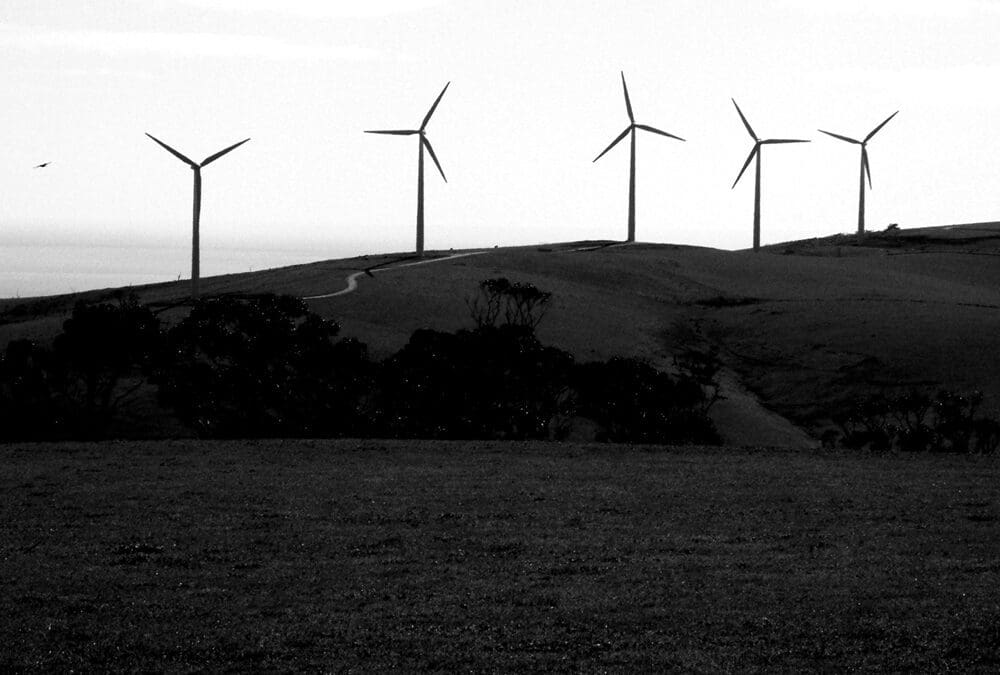Australia, like many developed nations, is under increasing pressure to ensure the security of its future energy supplies. Mining activity may have peaked over recent years, but it is the role of clean energy that is being discussed on a national scale.
The Clean Energy Council (CEC) points out that the past 12 months have been a difficult time for the sector. The Clean Energy Australia Report 2014 named 2014 as one of the toughest years for the industry in more than ten years, which could put the country's renewable future ambitions on hold for a while longer.
The current state of clean energy
Several aspects of the clean energy sector have struggled over recent months. The intention to replace traditional methods of generating electricity with renewables may, in some respects, have taken a step backwards last year.
Investment in large-scale projects was down 88 per cent from 2013 levels, which the CEC accredits to the review into the Renewable Energy Target.
"A dry year for rainfall in hydro catchments meant the amount of power generated by renewable energy in 2014 actually went backwards, from 14.76 per cent of Australia's total power in 2013 down to 13.47 per cent in 2014," confirmed CEC Chief Executive Kane Thornton.
If Australia's renewable energy ambitions are to be met anytime soon, this trend will need to be reversed. Otherwise, the duty could fall on the resources sector to make sure the country’s energy requirements continue to be met.
A snapshot of the mining sector
Of course, the success of clean energy industries is only relative to how well mining has performed. Data from the Australian Bureau of Statistics shows that over first quarter of 2015, the seasonally adjusted estimate for mineral exploration was down 13.4 per cent from a year earlier.
However, much of this decline was concentrated in two states in particular – Queensland and Western Australia. These regions witnessed falls in expenditure of 32.2 per cent and 11.9 per cent, respectively.
Nevertheless, mining still plays an important role in the national economy. The Mineral and Petroleum Industry 2014 Review values Western Australia's mineral and petroleum industry alone at just over $114 billion in 2014.
Iron ore was the highest valued commodity in the state, as it comprised three-quarters of total mineral sales last year. Demand for servicing instrumentation in mining is therefore likely to have remained strong in the state, as liquefied natural gas was its most valuable petroleum product over the course of the year.
Forecasting future energy demands
As the Australian population increases, it makes sense to presume that demand for energy will only continue to grow. How this need will be met depends on a number of factors, including what provisions of electricity supplies are available.
Some states are already realising that certain forms of clean energy are unlikely to satisfy their residents' needs. In South Australia, for example, it was recently acknowledged that wind power will not be enough on its own to provide the amount of electricity required.
The University of Adelaide's Environment Institute highlighted the need for other power sources to be adopted – including nuclear.
"Costs are competitive in some markets but likely not in Australia at this time," noted the report's lead author Ben Heard.
"However, by providing much needed service in the storage of used nuclear fuel for other nations, Australia could fund development of advanced fast reactors that extract energy from greater than 95 per cent of the used fuel rods."
So, although the renewable energy sector has made headway over recent months, there is nevertheless still a role for mining and related industries to play.



Recent Comments